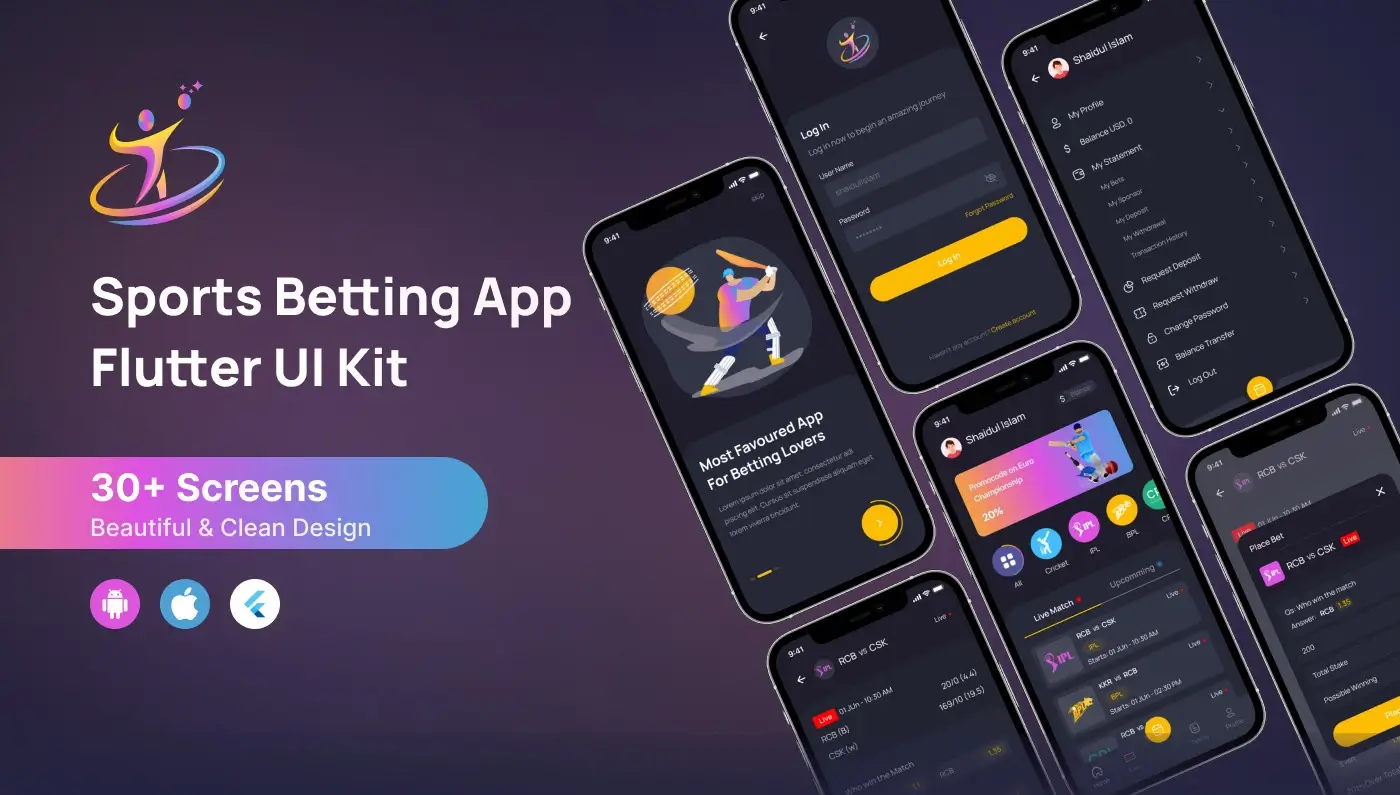The Ultimate Hookup Guide
Explore expert tips and advice on navigating the world of modern dating and hookups.
Bet Better: Navigating the Intricacies of Sports Betting UX Design
Unlock winning strategies in sports betting with expert insights on UX design. Elevate your game and bet smarter today!
Understanding the User Journey: Key Elements of Sports Betting UX Design
Understanding the user journey in sports betting UX design is crucial for creating an engaging and efficient experience for users. The user journey typically encompasses several stages, including awareness, consideration, and decision-making. In the awareness stage, users discover various platforms through marketing efforts, social media, or word of mouth. To enhance the user journey at this stage, it’s essential to provide clear and concise information about the services offered, including promotions and unique features that differentiate your platform from competitors.
As users move to the consideration phase, they begin researching and evaluating their options. This is where UX design plays a significant role in retaining their interest. Key elements include intuitive navigation, personalized content, and seamless account management. For instance, having a user-friendly interface can empower users to easily compare odds or access live betting options. Finally, in the decision-making stage, a well-designed checkout process must minimize friction, reducing drop-off rates. By prioritizing these elements throughout the user journey, sports betting platforms can significantly enhance user satisfaction and boost conversion rates.

Counter-Strike is a popular team-based first-person shooter game that emphasizes tactical gameplay and teamwork. Players can choose to be part of either the terrorist or counter-terrorist teams while engaging in various game modes. For those looking to enhance their gaming experience, using a cloudbet promo code can offer exciting bonuses and promotions. The game has evolved through various iterations, leading to a vibrant esports scene that attracts millions of players and viewers worldwide.
The Psychology of Betting: How UX Influences User Decisions
The psychology of betting plays a crucial role in influencing user decisions, and one of the key factors at play is the user experience (UX) design of betting platforms. A seamless and intuitive UX can significantly enhance user engagement by simplifying the decision-making process. For instance, when users are presented with a well-structured layout and clear navigation options, they are more likely to feel confident in their choices. This reassurance can lead to increased betting activity as users spend more time exploring options and placing wagers. To further illustrate this point, studies have shown that users are more inclined to place bets on platforms that offer streamlined interfaces and minimal distractions.
Furthermore, the use of persuasive design elements within the user experience can also impact the way individuals perceive risk and reward in betting scenarios. Elements such as color psychology, personalized notifications, and gamification techniques contribute to a user’s emotional response while using a betting site. For example, a betting platform that incorporates vibrant colors and celebratory animations when users place a bet can evoke feelings of excitement and anticipation. This emotional engagement can lower users' perceived risk and thus influence their likelihood to proceed with their bets, leading to a crucial insight: understanding the intersection of psychology and UX design is essential for optimizing user decisions in the world of betting.
Top UX Challenges in Sports Betting Platforms and How to Overcome Them
Sports betting platforms face numerous UX challenges that can hinder user engagement and satisfaction. One major challenge is the overwhelming amount of information presented to users, which can lead to confusion and decision paralysis. Ensuring that users can navigate through betting options easily while still feeling informed is crucial. Platforms can achieve this by employing a clean, intuitive design that prioritizes essential information. Consider using sections and categories to streamline the betting experience, allowing users to find their preferred sports and bets without feeling lost. Additionally, incorporating responsive design ensures that users have a seamless experience across all devices.
Another significant challenge is the lack of personalization within sports betting platforms. Users often have varying preferences, and failing to tailor their experience can result in missed opportunities for engagement. To overcome this, platforms should utilize data analytics to understand user behavior and preferences. Implementing personalized recommendations and customized interfaces based on user activity can greatly enhance user satisfaction. Moreover, soliciting user feedback through surveys and user testing can provide valuable insights into potential improvements, ensuring that the platform evolves to meet the needs of its audience.